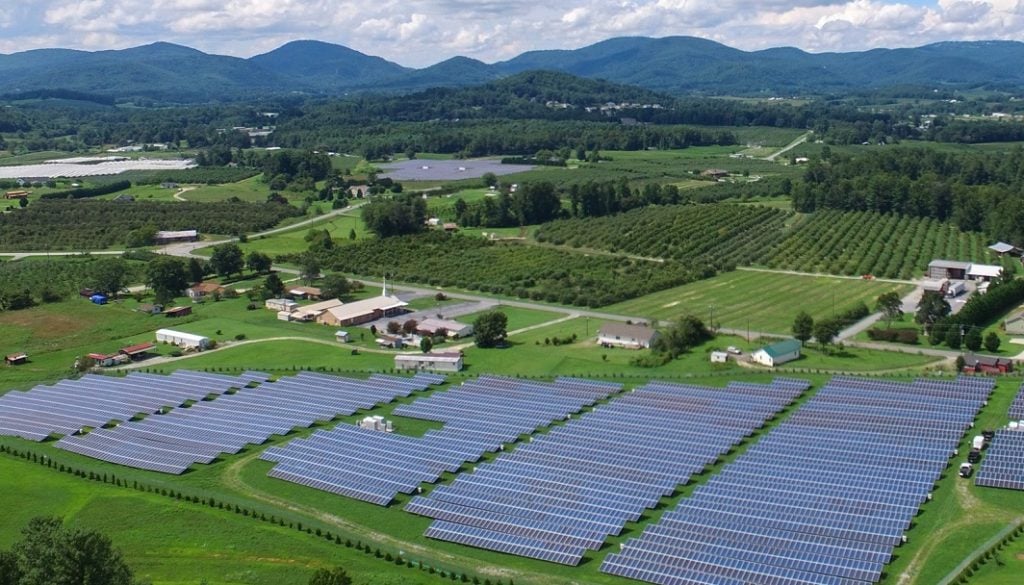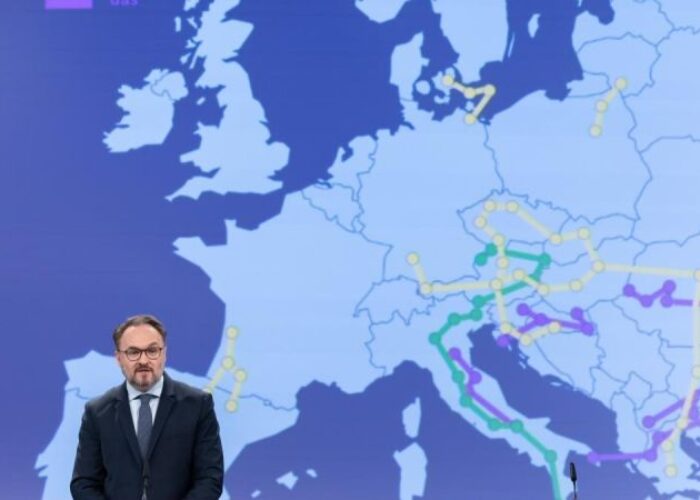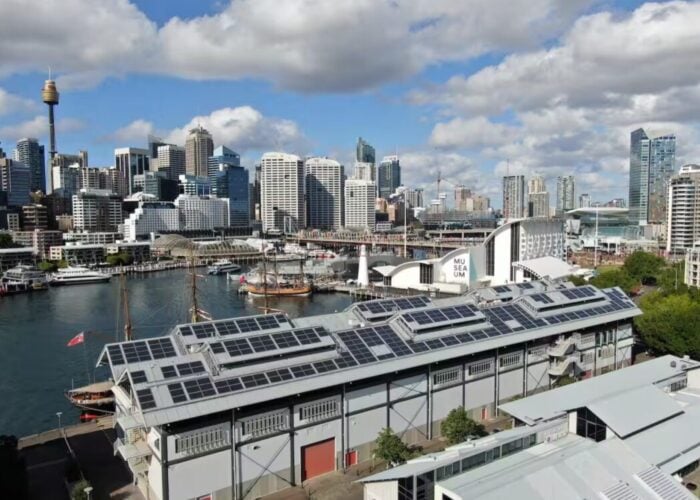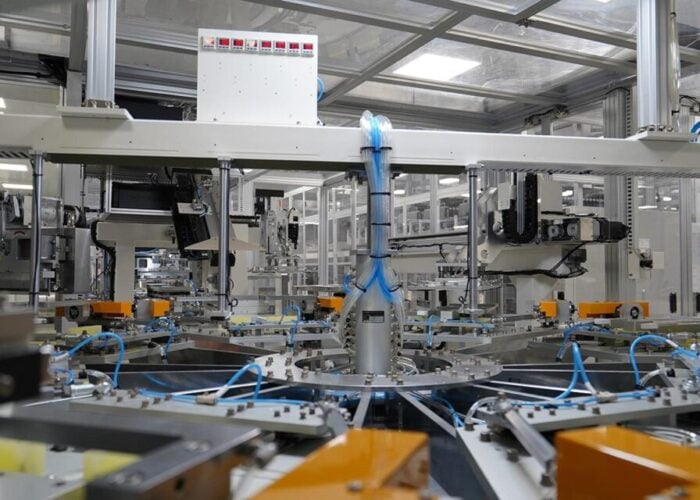
US power grid operator PJM Interconnection is progressing with efforts to transition to a new interconnection process as it looks to clear a backlog of projects including more than 136GW of solar capacity.
The regional transmission organisation’s planning committee has widely endorsed a new transition proposal designed to get projects through the planning pipeline faster.
Try Premium for just $1
- Full premium access for the first month at only $1
- Converts to an annual rate after 30 days unless cancelled
- Cancel anytime during the trial period
Premium Benefits
- Expert industry analysis and interviews
- Digital access to PV Tech Power journal
- Exclusive event discounts
Or get the full Premium subscription right away
Or continue reading this article for free
Ken Seiler, vice president of planning at PJM, said the organisation is prioritising more than 1,200 projects in its backlog, most of them renewables, which represent more than 100GW of nameplate capacity.
“We are focused on moving those through the system and streamlining the process as much as possible, and getting real projects interconnected to the queue,” Seiler said, adding: “We are going to see a better, faster, more efficient way to integrate projects into the system and enable states to meet their renewable portfolio goals.”
The PJM currently has more than 288GW of clean energy capacity in its interconnection queue, including over 136GW of solar and 34GW of hybrid plants, according to industry association Advanced Energy Economy (AEE), which said all the projects in the queue have been waiting for one year or more.
Over the past five years, AEE said that renewables developers have withdrawn more than 1,000 clean energy projects from the PJM interconnection queue, including more than 77GWMW of solar, wind and battery storage projects.
As part of the transition plan, Seiler said that while projects that entered the queue before 2021 will be prioritised, the organisation is “not closing the door on new projects”.
The planning committee has already endorsed a streamlined process that would allow certain projects that don’t contribute to the need for network upgrades to complete a new service study process early. Meanwhile, the new transition plan would prioritise about half of the 2,500 projects in the queue, including fast-tracking about 450 plants, with the new process being applied to projects beginning in 2024.
Pending approval from two more committees, PJM expects to file the interconnection changes with the Federal Energy Regulatory Commission (FERC) in May, with the effective date of the transition set to be Q4 2022 or Q1 2023.
The renewables sector in PJM was boosted by a rule change announced by FERC last year that amended the minimum offer price rule (MOPR), allowing certain resources that receive state support to participate in PJM’s capacity auction without being subject to the rule.






